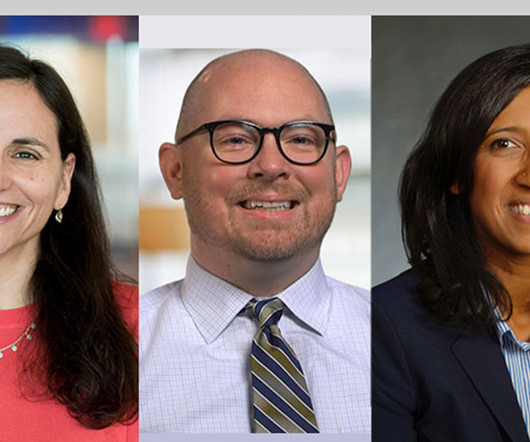How Locum Tenens Fits Into Modern Healthcare Staffing Solutions
Barton Associates
JUNE 19, 2025
In fact, hospitals, clinics, and other facilities are already reeling from a shortage of providers and it’s hurting patients— according to the United States Department of Health and Human Services (HHS) , tens of millions of Americans live in areas with shortages of primary care, dental, and mental health professionals.












Let's personalize your content